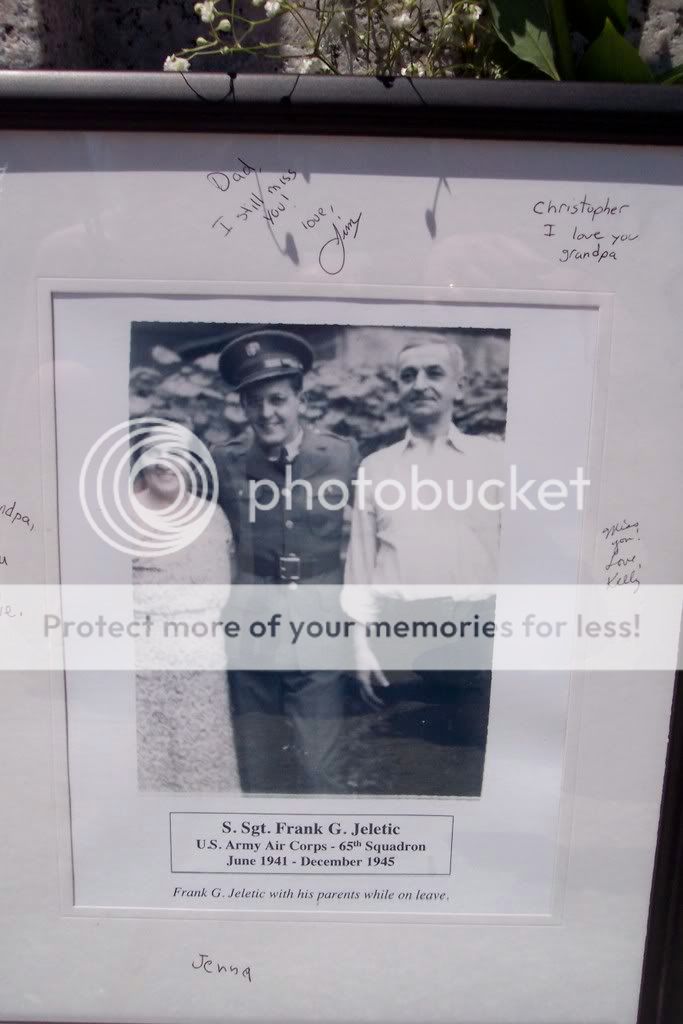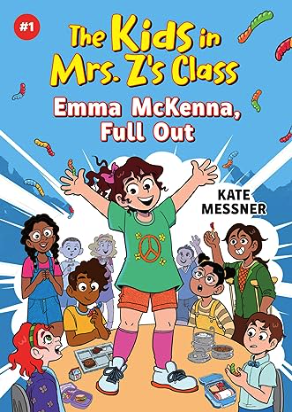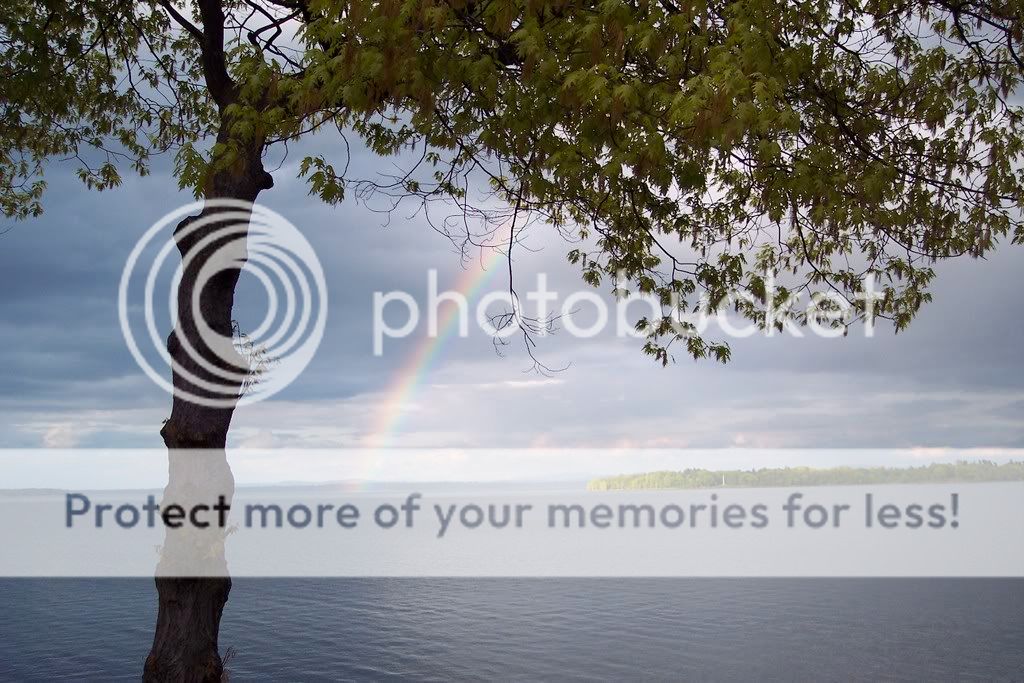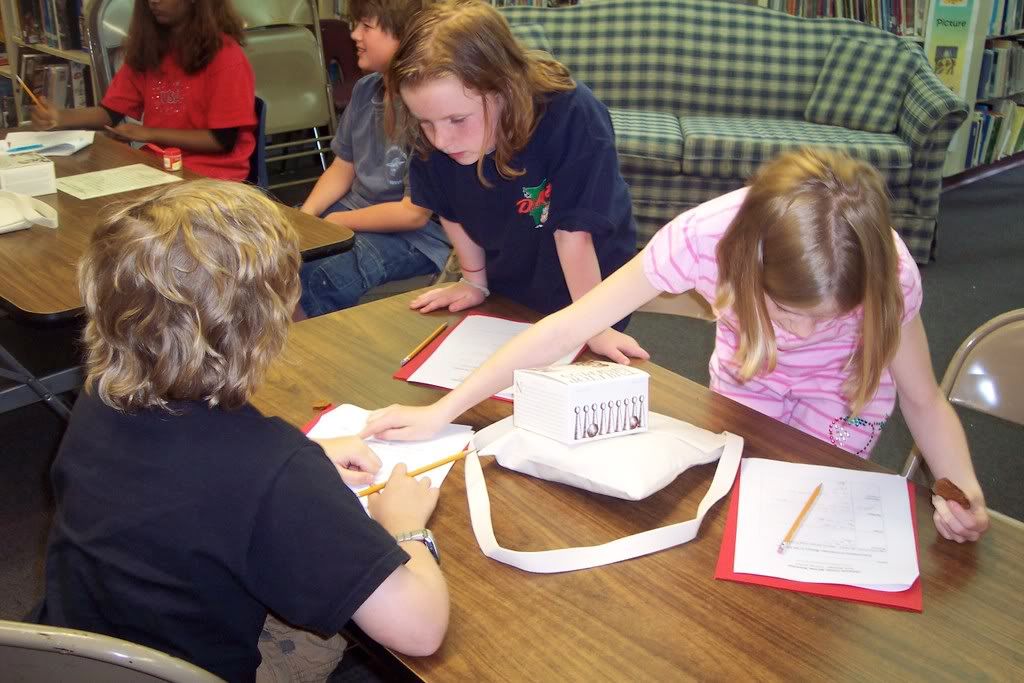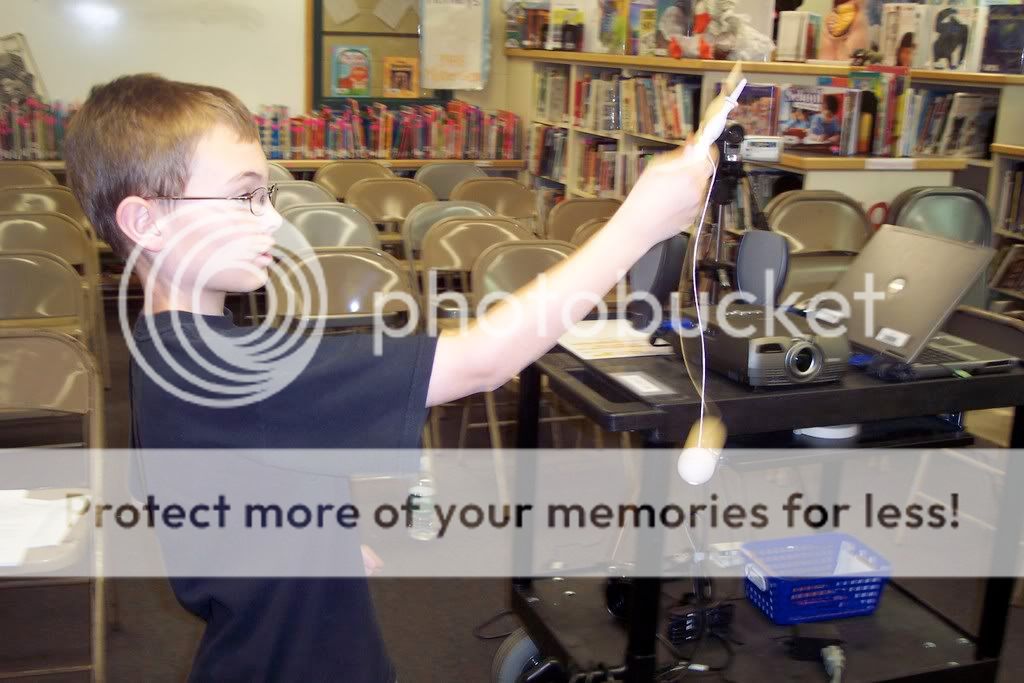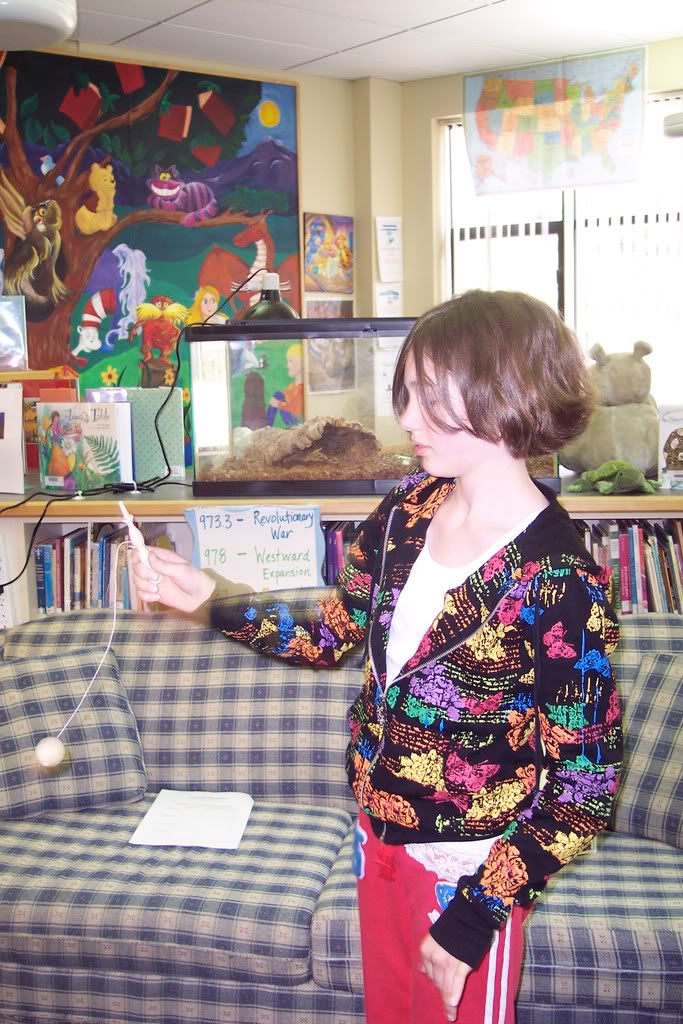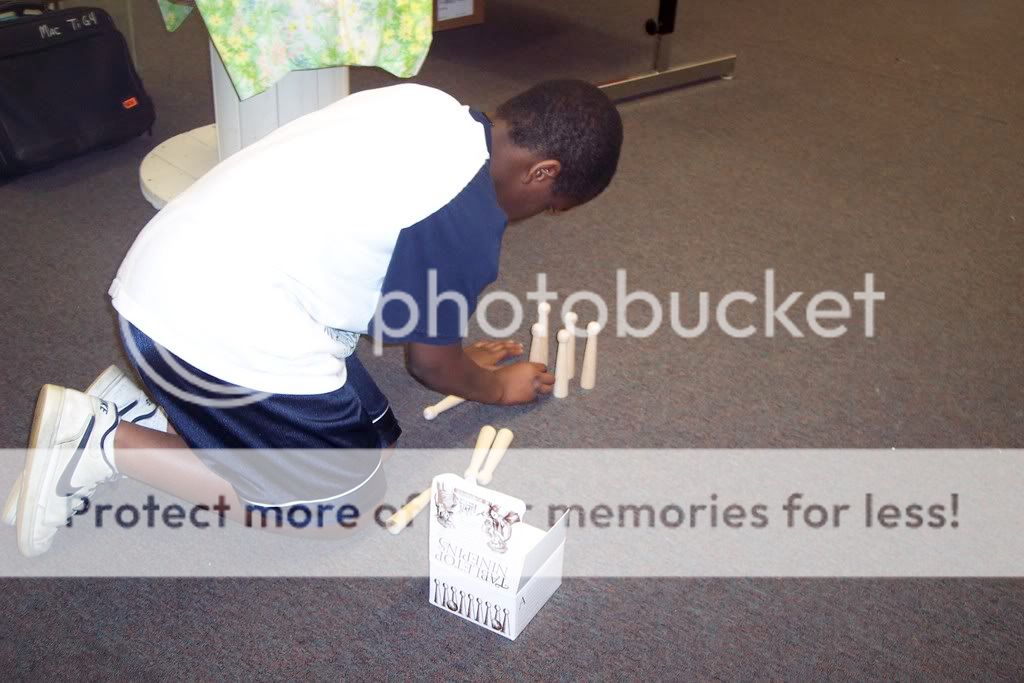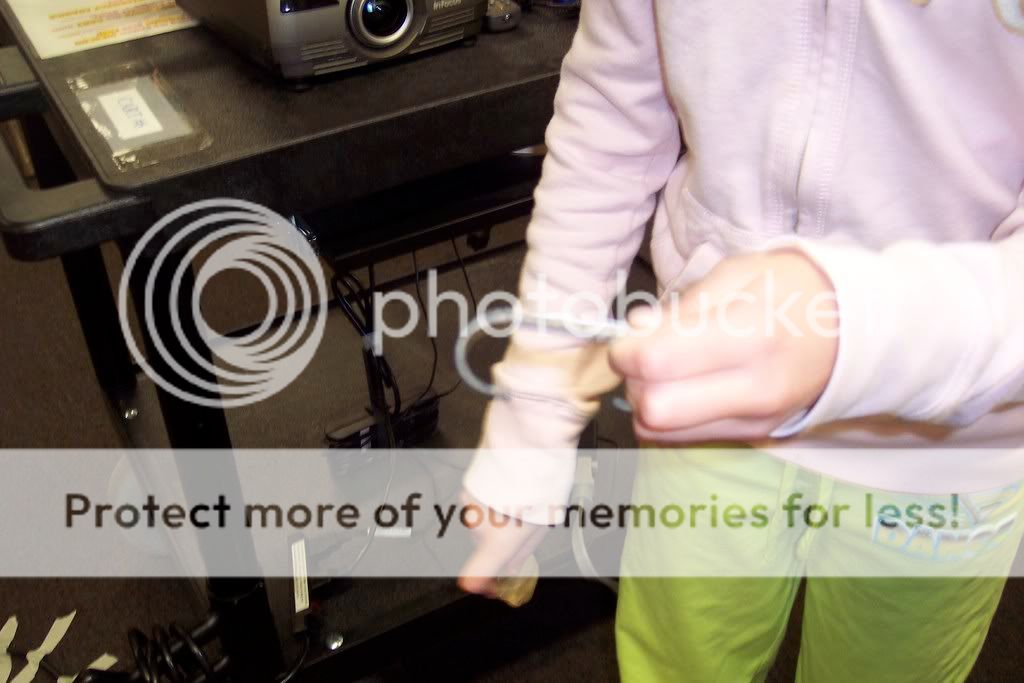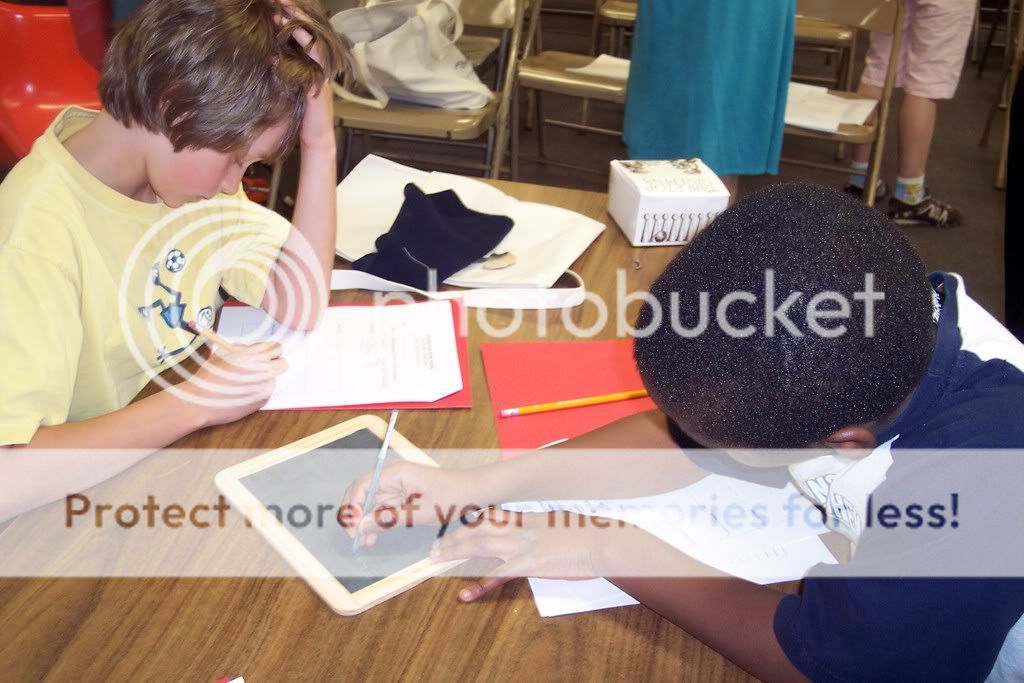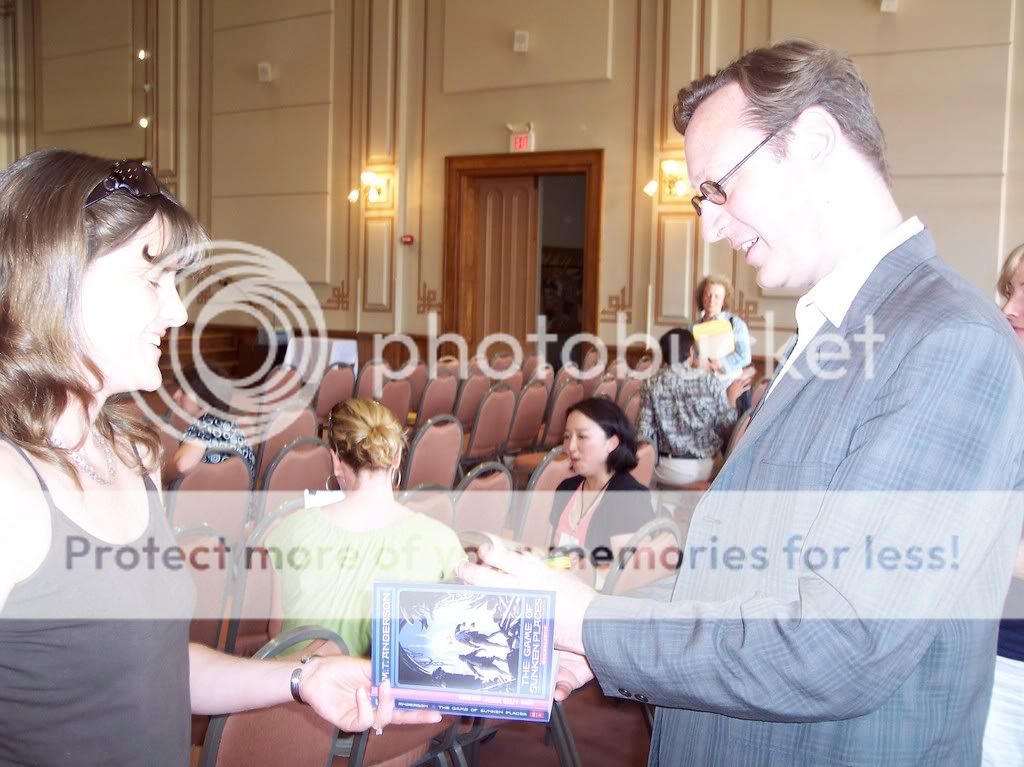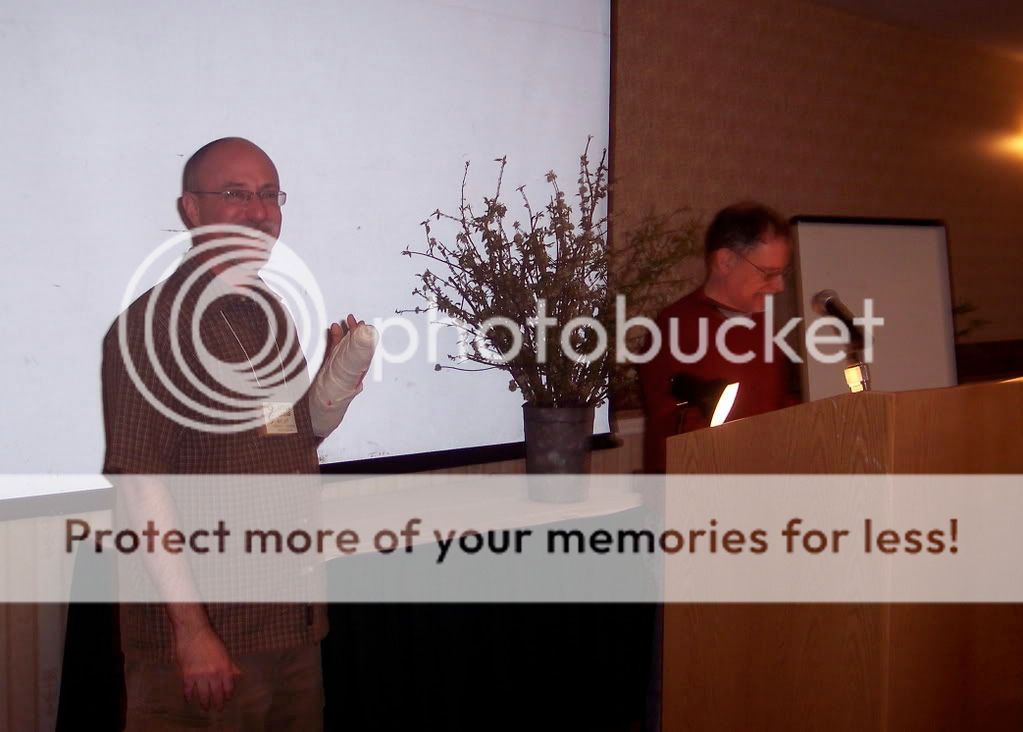4 people,
1 small hotel room,
7 museums,
5 monuments & memorials,
1 living history village,
and many miles later… I have some highlights to share.
Here we are on the steps of the National Gallery.

I’m that one… in the pink shirt. On that top step.
Now do you see?
By the pillar… No, the other pillar.
I actually squealed (and got a slightly dirty look from a National Gallery guard) when I saw this painting…

I loved Blue Balliett’s Chasing Vermeer and have always wanted to see “A Lady Writing” in person, but I had actually forgotten that the painting was here until I turned a corner and saw her. Stunning.
The Smithsonian is simply amazing. We spent time in the National Gallery, National Portrait Gallery, Museum of the American Indian, Museum of Air & Space, and Museum of Natural History, where the gems and minerals were just incredible. (I thought of you and Samantha,
!)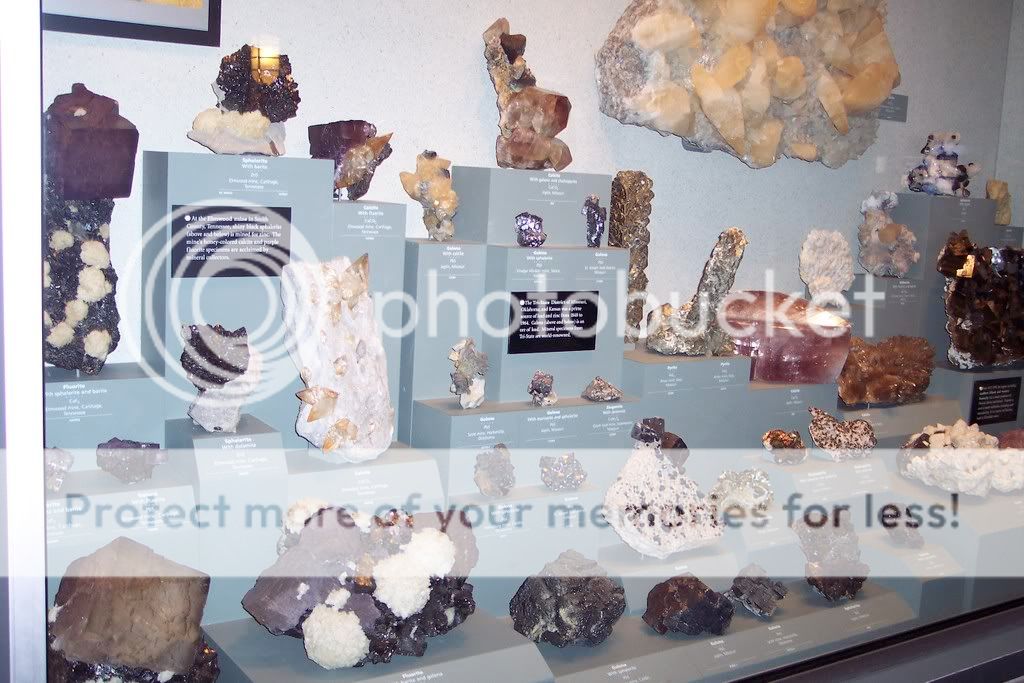

We also checked out the International Spy Museum, which not only has cool spy stuff like a lipstick pistol but also tons of fascinating history on espionage and its role in world events.
Ford’s Theater was closed, but we toured the house across the street where Lincoln died after being shot. I was impressed with the small historic site but even more impressed with this man…
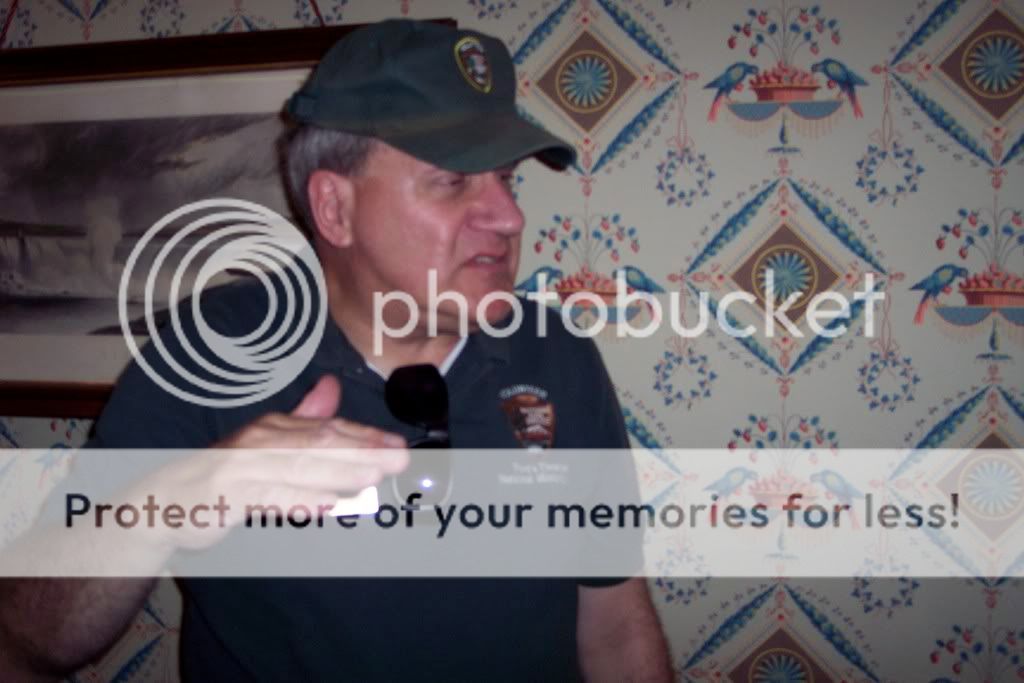

…a National Park Service guide who told the story of Lincoln’s assassination to a different group of visitors every ten minutes with the animation and enthusiasm of someone reporting it for the very first time. I love people who do their work with passion. And yes…it was neat to stand in the room, too.
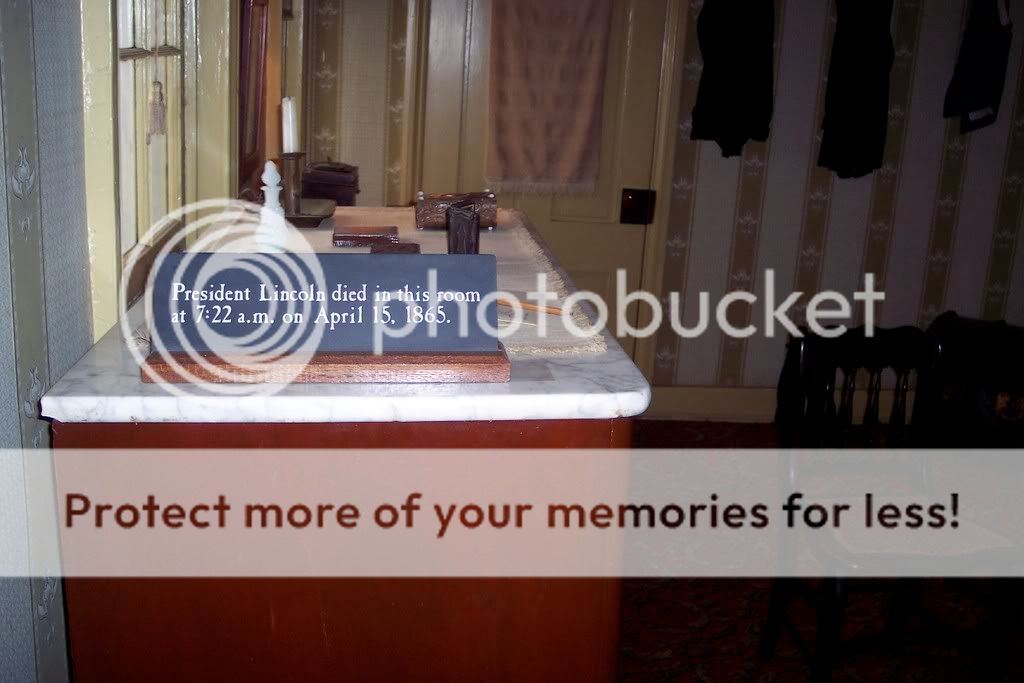

Did you happen to see the National Memorial Day Concert on PBS over the weekend? I was there.


Okay, technically, I was at the dress rehearsal on Saturday night and not the actual concert. We packed a picnic and joined the crowd on the Capitol lawn for an evening of music from the National Philharmonic, United States Army Band, Sarah Brightman, Idina Menzel, Rodney Atkins, and Gladys Knight.


It was a gorgeous night, so sitting out on the grass with the kids, listening to music was just perfect.
We also drove down to Colonial Williamsburg for a day, toured the Governor’s Palace, and checked out the historic park.
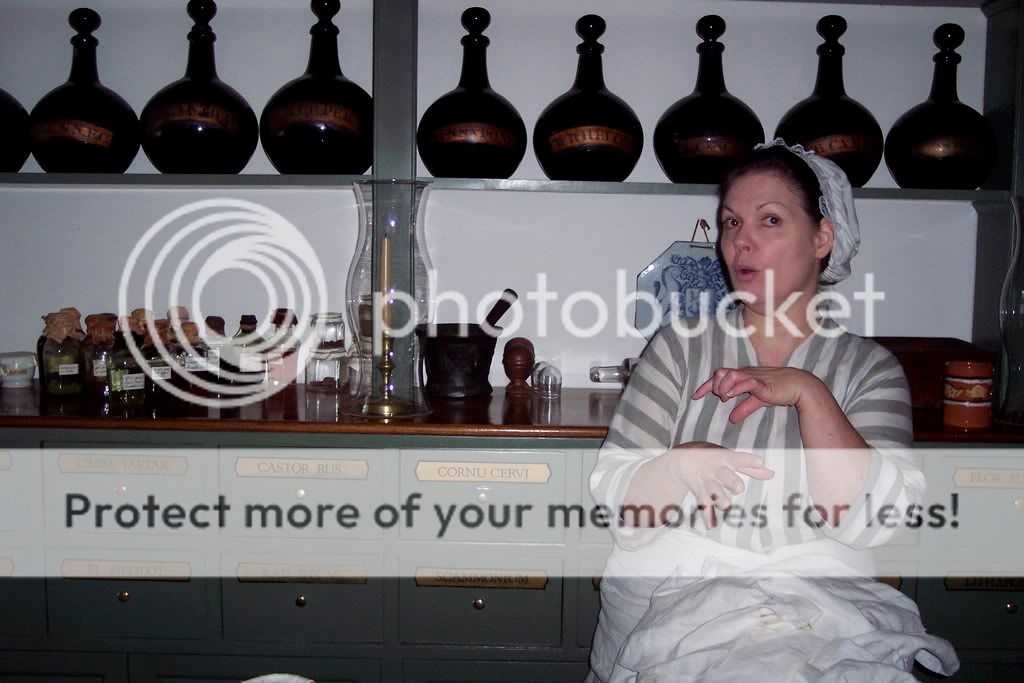

My favorite stop was the apothecary, who had an authentic 18th century amputation kit.


(If you’ve read Spitfire, you know why I was excited to actually see the tools.)
Monday was our monument and memorials day, appropriately enough. I especially liked seeing the World War II Memorial, which is new since my last trip to D.C.


Looking back at the Washington Monument…
All along the memorials, we saw flowers, photos, letters, and other tributes to people’s loved ones. So very many stories that we won’t soon forget.
